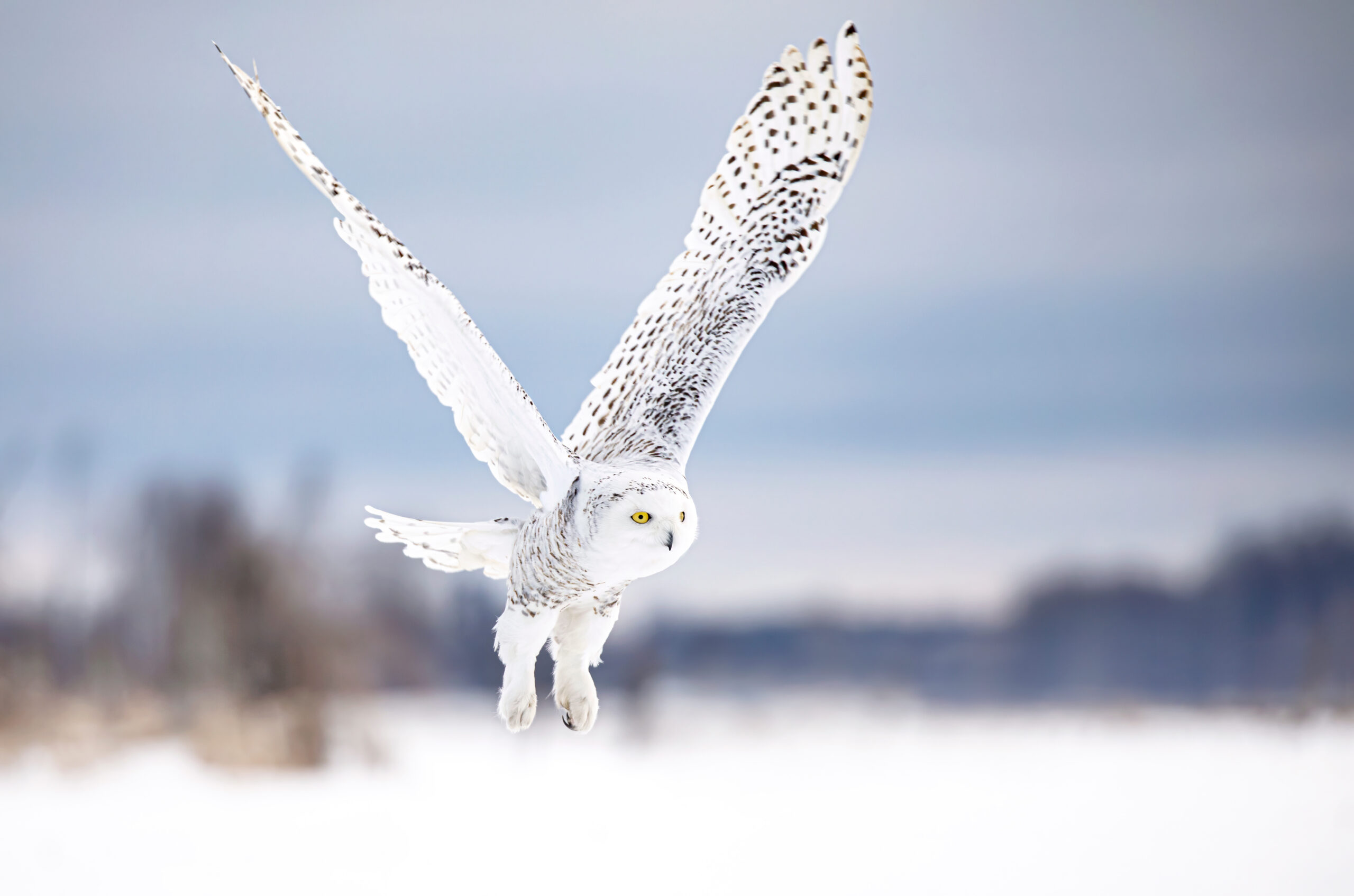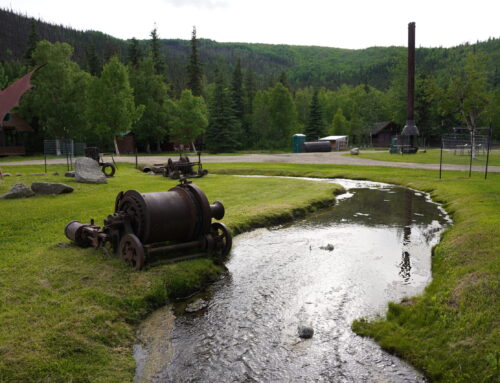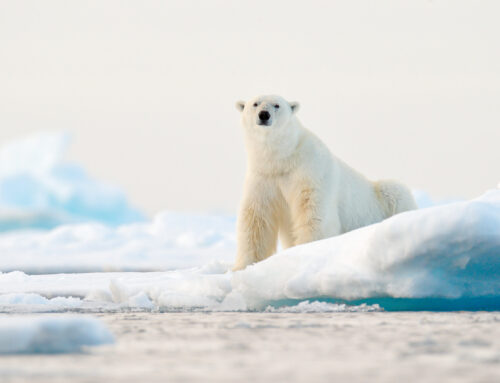Owls in Alaska
Alaska has abundant food sources and untouched wilderness areas for many apex predators. And even with consideration to large birds of prey like the eagle and hawk, owls are some of the most skilled hunters to navigate these wilds. Because of their elusive nature, it takes a focused and patient observer to learn more about them.
Some of us have experienced the reaction we feel when we hear their deep, low, and mystical calls through the night. And if you have seen them in flight, know you are privileged, as this is rare. Owls have honed these skills to survive and adapt. We can acknowledge and learn from the beauty these nocturnal (for the most part) beings embody. And in Alaska, there are native owl species to observe.
Myths and Lore of Owls
Across the globe and through many cultures, a common theme to owl stories present itself; owls represent symbols of messengers and wisdom. Their ability to emulate aspects of the night and leave us in awe at how they can communicate over long distances or the agility of their flight, adds a layer of mystery to our perception of them.
Some lore characterizes them as markers of death and transition and messengers of the spirit realm. Many of these tales reflect their natural abilities and adaptations to their environments.

True Owls and Species Variance
Many visit Alaska during the season of the ‘midnight sun.’ The term midnight sun is used to describe when daylight hours bend to their extremes, and very few hours without sunlight exist. More daylight hours does not cut out your chance of hearing or seeing an owl. Being mindful of the longer twilight hours available during this season offers the opportunity to observe this species.
However, winter does offer a better chance for observation with fewer people around. The brisk cold temperatures simultaneously offer owls safety to navigate and hunt. These factors offer a better circumstances to possibly see one in flight.
Species and Genus
Currently, observers have recorded 13 species, and 11 that are acknowledged by the Alaska Dept. of Fish and Game. There are two families in the owl world: Strigidae and Tytonidae. Strigidae are considered ‘true owls’. Strigidae are known for having round faces while the family Tytonidae have heart shaped faces. These characteristics have changed to adapt to their environment and support species variance in the owl population.
Adaptations
An adaptation is a change or process by which an organism or species becomes better suited to its environment and surroundings.
Whose Afraid of the Dark?

Each of these native owl species adapts to its environment and has specialized aspects to help it survive. The Barred Owl, a medium-sized owl known for its perch hunting skills, resides in the Southeast near wetlands and forested areas. An owl exclusive to specific regions, the Boreal Owl is a small owl (about 10 inches in height) that has adapted to explore the canopied forest.
Some of the largest owls, the Great Gray Owl and the Snowy Owl, are two feet in length, and can detect rodents under feet of snow. The Pygmy Owl, an even smaller than the already mentioned Boreal Owl (still considered a boreal owl as well) is seven inches in height, and is one of few owls that hunt primarily during the day.
Songs of Resilience
We have explored owls’ unique adaptations and abilities that might make them some of the most skilled hunters. So, what animals push back against these skilled birds of prey? Well, it may come as a surprise, it is songbirds. Songbirds have the tenacity and group numbers to harass owls with what has been termed “mobbing.” If songbirds detect an owl nearby they will trill and make lots of noise to annoy and detract owls. So, if you hear lots of commotion from songbirds, stay alert for an owl.
If you get to hear or possibly even see an owl, respect for this animal is first and foremost. Hunting or harvesting owls is illegal, and if you are without tribal rites (as well as governed rights), you are not permitted to possess any feathers or bones of owls. Subsistence clauses exist when it comes to the relations of people and the Snowy Owl, however. Let us all do our best to honor their nesting regions and migrations when we find ourselves adjacent to their lives.






